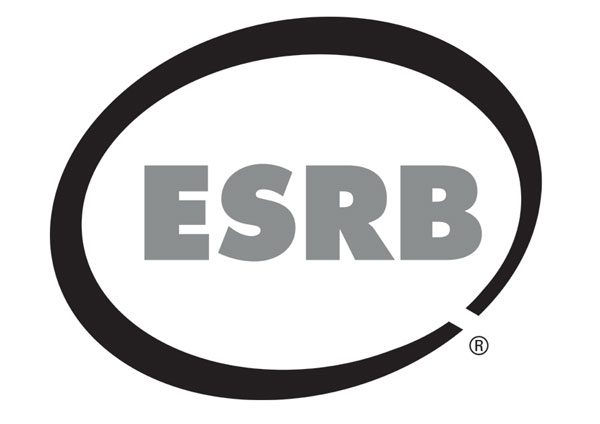 The ESRB (aka the Entertainment Software Rating Board) has finally chimed in regarding in-game purchases and “loot boxes” in respect to how they rate and label videogame content. We’re not sure if their strategy is what most consumers are looking for, but it’s a step in the right direction.
The ESRB (aka the Entertainment Software Rating Board) has finally chimed in regarding in-game purchases and “loot boxes” in respect to how they rate and label videogame content. We’re not sure if their strategy is what most consumers are looking for, but it’s a step in the right direction.
Basically, the new ratings will call out “In-Game Purchases” as part of the interactive elements description, although it doesn’t get more granular than that at the moment. DLC content, bonus levels, skins, season passes, subscriptions and surprise items/loot boxes will be grouped together. So for example, a single player game with a piece of story DLC will have the same label as a game built around loot box mechanics under this new classification. That’s sorta useful, but probably not quite what consumers are looking for at the moment. They will be rolling out a new ParentalTools.org site with more info for parents too.
See the announcement below for more info.
The Entertainment Software Rating Board (ESRB) today announced that it will begin assigning a new “In-Game Purchases” label to physical (e.g., boxed) games. The In-Game Purchases label is one of several interactive elements that ESRB currently assigns to notify consumers about the interactive or online features of a digital or mobile game. Consumers can expect to start seeing this new notice on all games that can be purchased in stores and wherever those games can be downloaded in the near future.
“The video game industry is evolving and innovating continually, as is the ESRB rating system. ESRB’s goal is to ensure that parents have the most up-to-date and comprehensive tools at their disposal to help them decide which games are appropriate for their children,” said ESRB president Patricia Vance. “With the new In-Game Purchases interactive element coming to physical games, parents will know when a game contains offers for players to purchase additional content. Moreover, we will be expanding our efforts to educate parents about the controls currently at their disposal to manage in-game spending before their kids press ?Start’.”
The new In-Game Purchases label will be applied to games with in-game offers to purchase digital goods or premiums with real world currency, including but not limited to bonus levels, skins, surprise items (such as item packs, loot boxes, mystery awards), music, virtual coins and other forms of in-game currency, subscriptions, season passes and upgrades (e.g., to disable ads).
“We are delighted to support ESRB’s continuing dedication to safeguarding children from inappropriate experiences both online and offline by providing parents with essential information about video games,” said Stephen Balkam, Founder and CEO of the Family Online Safety Institute. “ESRB’s decision to add the InGame Purchases label to game boxes further empowers parents with the tools they need to make informed decisions for their families.”
Today ESRB also launched ParentalTools.org, an easy-to-use one-stop resource for parents including:
- A detailed introduction to the new “In-Game Purchases” and other interactive elements;
- Links to step-by-step guides for setting parental controls to help manage different aspects of video game use in the home, including money and time spent playing; and
- A link to the ESRB ratings guide that provides an explanation of ESRB’s three-part rating system.
In addition to the information available on ParentalTools.org, ESRB will conduct a nationwide campaign to help educate parents about how they can use tools like ESRB ratings combined with parental controls to manage the games their kids are playing and with whom. A new PSA will be posted on ParentalTools.org and other supporting websites.

